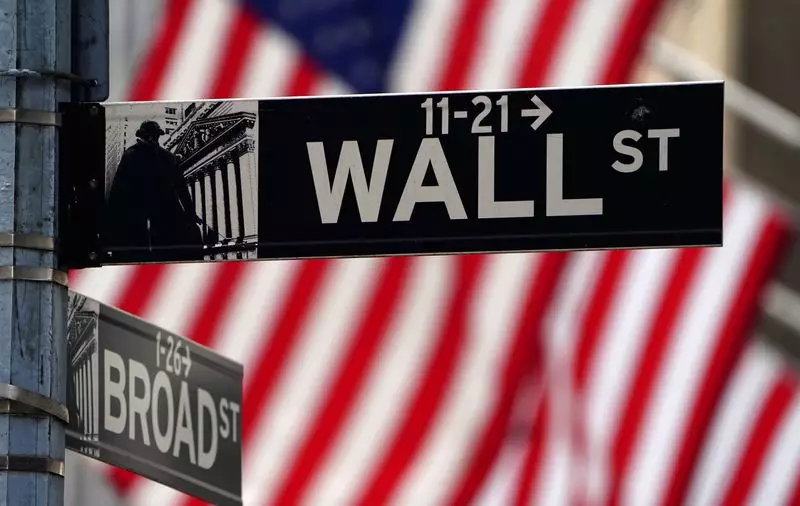As 2024 approaches its conclusion, Wall Street’s main indexes are displaying a promising start for the final trading session, hinting at the persistence of a bull market that has thrived over the past two years. The anticipated rise in stock indices reflects a blend of factors — notably the post-pandemic economic recovery, projections of reduced borrowing costs, and an upward trend in technology sector performances driven by advancements in artificial intelligence (AI). Investors are eyeing the S&P 500, Dow Jones Industrial Average, and Nasdaq, all of which teeter near their record highs, indicative of a robust financial climate that has spurred gains through 2023 and into 2024.
The year 2024 has been particularly favorable for both the tech sector and overall market performance, with significant contributions from major players like Nvidia and Tesla. These stocks have exhibited remarkable growth, fueled by the optimism surrounding AI’s potential to elevate corporate profitability. In this context, we see Nvidia achieving an impressive increase of 170% in its stock value this year, although it is worth noting that this growth is less dramatic compared to the preceding year. Consequently, Nvidia’s valuation has surged to an extraordinary $3 trillion, while Tesla has returned to the coveted $1 trillion market cap.
At the forefront of these developments is the anticipated move by the Federal Reserve, which is expected to implement nearly a 100-basis-point cut in interest rates within the next year. Such a decrease would create favorable conditions for borrowing and investment, further invigorating the equities market. Pre-market trading reflects slight increases, with Dow E-minis, S&P 500 E-minis, and Nasdaq 100 E-minis all registering modest gains. However, this buoyancy comes against a backdrop of decreasing trading volumes as the New Year approaches, suggesting that investors may be exercising caution amid holiday season fluctuations.
While the overall sentiment remains positive, the markets experienced a turbulent December. The potential causes of this volatility include climbing Treasury yields and an air of uncertainty regarding interest rates, as well as equity valuations nearing their peaks. Notably, the yield on the benchmark 10-year Treasury note has seen a decline to approximately 4.5%. This balance of increasing yields paired with uncertainties about future rate adjustments could pose challenges for equity markets navigating the new year.
The political climate has also played a pivotal role in shaping market strategies heading into 2025. With Donald Trump’s recent presidential victory sparking enthusiasm among investors, there is a growing expectation that his administration may roll back regulatory frameworks and implement favorable tax strategies. This optimism has particularly bolstered small-cap stocks, with the Russell 2000 index hitting record levels and gearing up for its second consecutive year of gains — highlighting the strong performance of the domestic economic landscape.
Despite these optimistic indicators, market analysts caution that continued growth could be stymied by persistent ambiguities regarding the forthcoming administration’s tax and tariff policies. As Raffi Boyadjian, an eminent market analyst at brokerage firm XM, suggests, clarity on economic policies will be critical to influence future gains.
Additionally, the cryptocurrency market has received a revitalizing boost from Trump’s win, with Bitcoin reaching an impressive valuation of $100,000. This ascendancy has propelled interest in crypto-related stocks, most notably MicroStrategy, whose shares have more than tripled in 2024 due to strategic investments in Bitcoin. Other significant players, including Coinbase and MARA Holdings, have also seen their stocks rise in accordance with this bullish sentiment.
In contrast, some sectors have not mirrored this success. Materials stocks have suffered annual declines, primarily affected by economic challenges emanating from China, a key consumer of metals. This disparity underscores the complex and multifaceted nature of current market dynamics, where sectors react differently to overarching economic signals.
Overall, as 2024 draws to a close, the interplay between political, economic, and technological influences will play a critical role in shaping the future landscape of Wall Street and the broader financial marketplace. Investors should remain vigilant as they navigate the evolving market conditions, keeping a close eye on potential policy announcements and economic indicators in the coming months.

